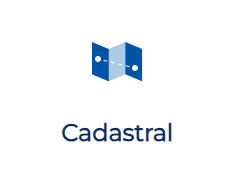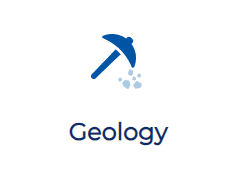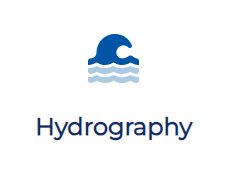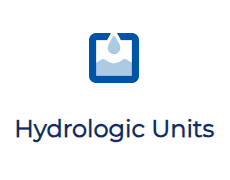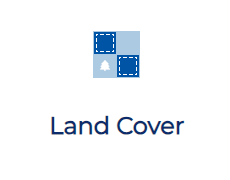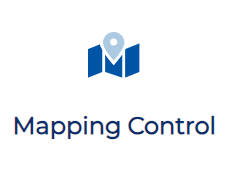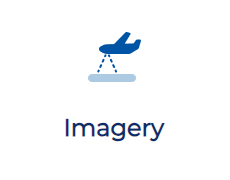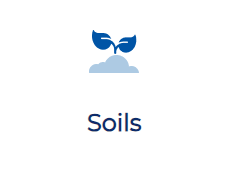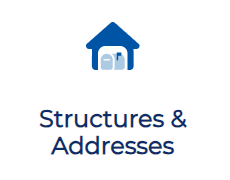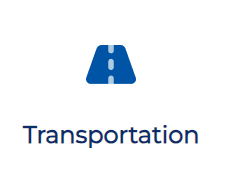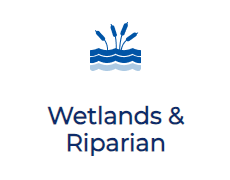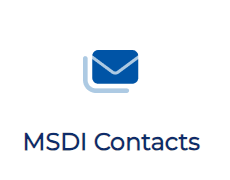Montana Geographic Information
The Montana State Library is at the center of Geographic Information and Coordination in Montana. The MSL provides open access to authoritative geospatial data and applications that inform and empower all Montanans. The Program meets these mandates through coordination, development, collection, support, distribution, and promotion of Montana Geographic Information and specifically the Montana Spatial Data Infrastructure in Montana and beyond.
Montana Spatial Data Infrastructure (MSDI)
The MSDI contains fifteen (15) framework geographic data themes vital to Montanans for understanding the State’s expansive and complex geography. Eight (8) of the framework themes are federally recognized by the Federal Geographic Data Committee through the National Spatial Data Infrastructure. Seven (7) additional themes were selected by the Montana Geospatial Information Advisory Council (MGIA).
Montana Geospatial Information Advisory Council (MGIAC)
The Montana State Library is guided by the Montana Geospatial Information Advisory Council (MGIAC) through an alliance with the Montana Association of Geographic Information Professionals (MAGIP) and the National States Geographic Information Council (NSGIC). The State Library Geographic Information Program inherits broad mandates from the Montana Geospatial Information Act (MGIA) and the Natural Resource Information System (NRIS) and Water Information System (WIS) Statute.
Sign up for Email Updates

